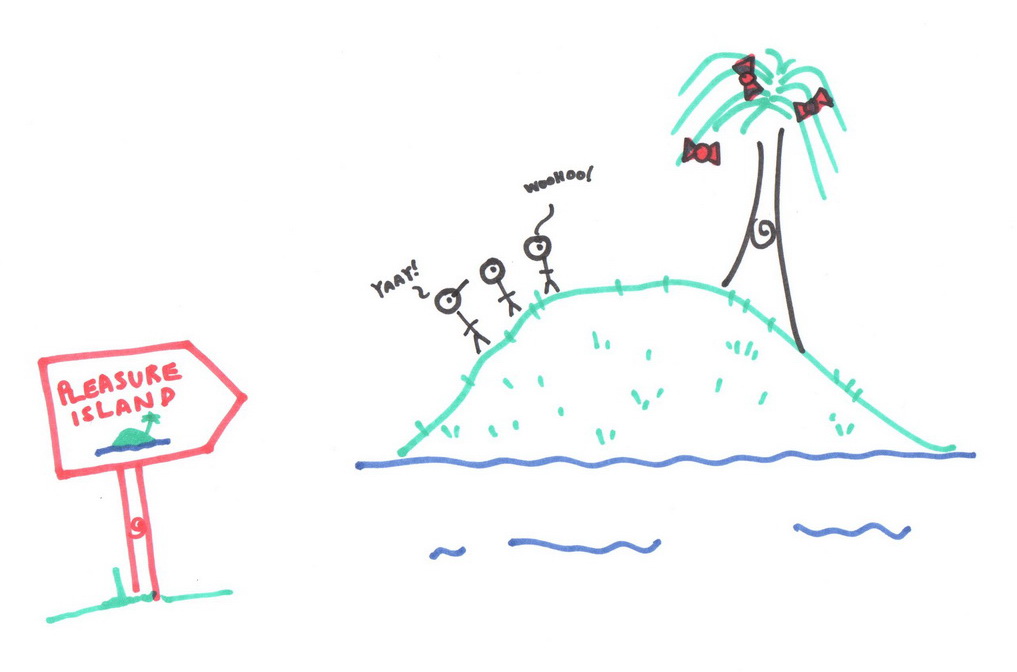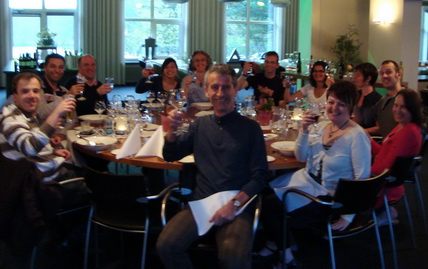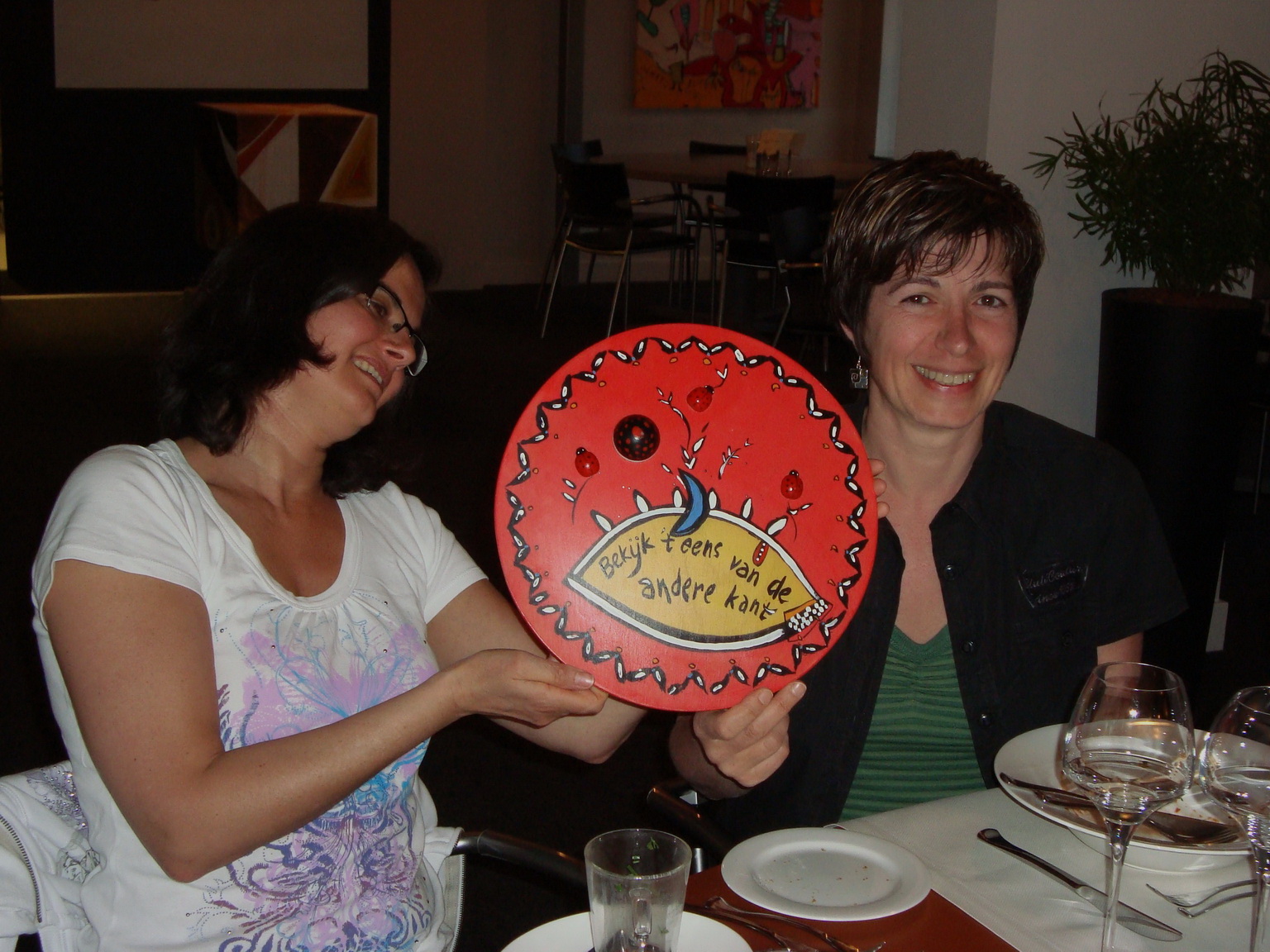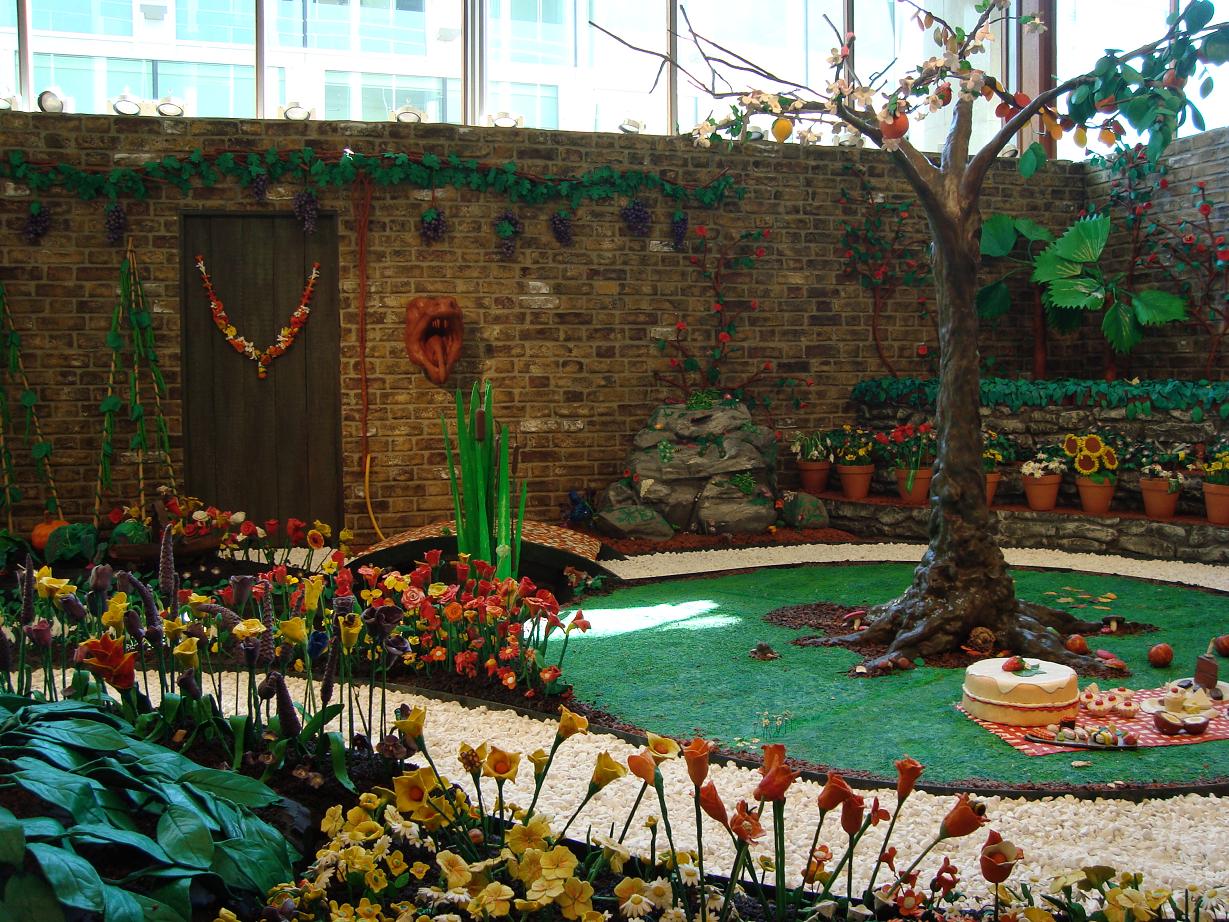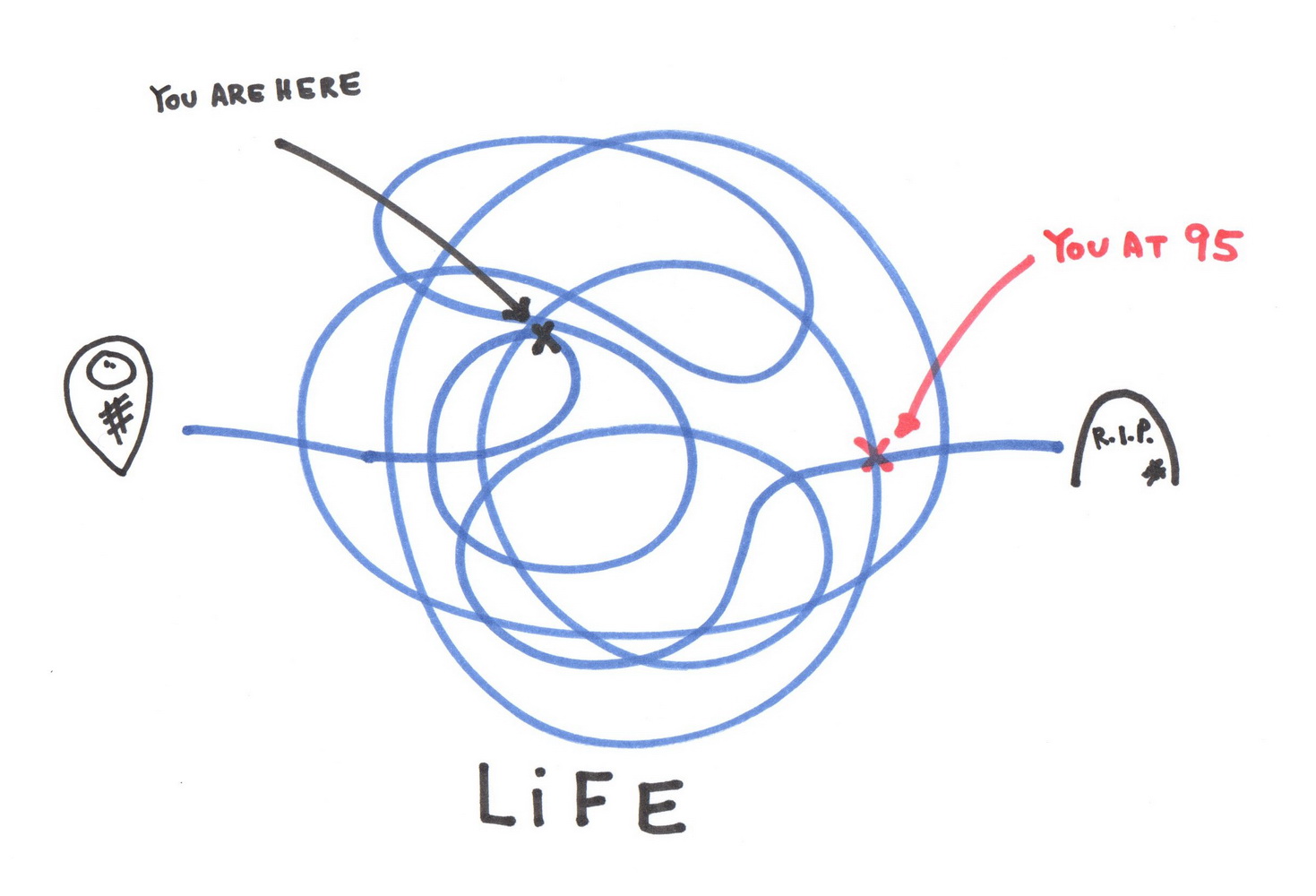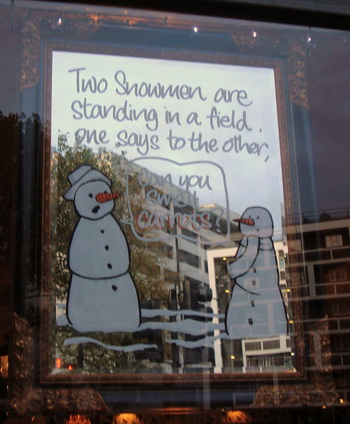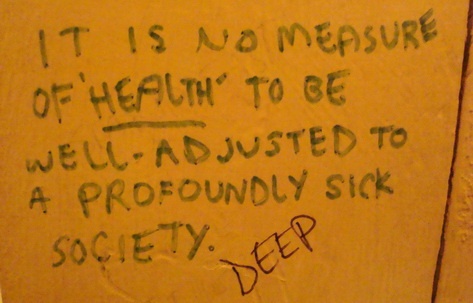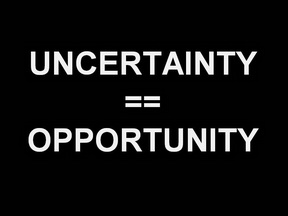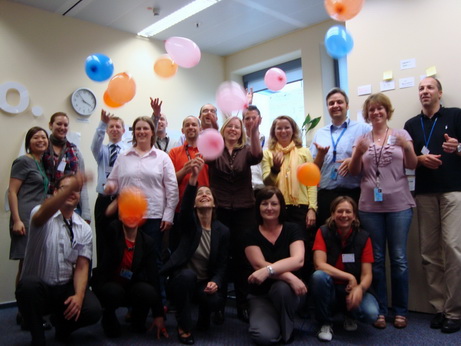
Common Cause for Good
When it comes to organisational change, one of the most overlooked factors is the impact individuals have on an organisation. After all, organisational change begins with the individual. Another commonly overlooked fact is that we can only change ourselves. That’s why much of this blog focuses on working with groups, teams and individuals.
Natural Complexity in Team Dynamics
One of the things I enjoy most about organisational change is the element of surprise. Others would describe this as ‘uncertainty’. While others may fear it, I choose to embrace it. I strive to turn every challenge as an opportunity. A chance to learn and improve. From where I’m standing, we’re surrounded by an abundance of opportunities.
A Tale of the Unexpected
I’ve run the XP Game almost 50 times and the most common assumptions among the players is that they assume each team is competing with another. If they ask, I highlight the fact that I’ve never mentioned this as a rule and that, in fact, they are all teams working for the same organisation. This statement is usually followed by a brief silence as individuals process the information. Nontheless, time and time and again, teams choose to continue to compete against one another, usually to the detriment of the organisation as a whole.
One of the reasons people choose to do this is because staying within your comfort zone is far easier than working together with those outside of your team. What’s not immediately obvious is that the longer you stay in your comfort zone, the less likely you’ll encounter new experiences and pick up new skills as well as develop existing ones to better leverage the change that lies ahead. After all, change will happen around you, regardless of whether or not you are ready to change.
One great way to embrace change is to gain new experiences, develop new skills and acquire new ones. This means that when the change finally happens, you’ll be prepared to get the most out of the change. Better still, you’ll be helping to instigate and shape the change.
An Agile First
So imagine my surprise, when the 3 teams with whom I was playing The XP Game last week decided to deliver value together instead of competing against one another. What’s remarkable is that, in spite of the daunting challenge of collaboration (‘I’m not sure it’s possible’, ‘It’s going to make things much harder to manage’, ‘I’m afraid we’ll fail’), the 3 teams continued to come up with ideas of how to make things work better. And they did not stop there. This has never happened before in all my experience of running this learning game.
In spite of a few clamorous voices that continued to express fear, doubt and uncertainty, the three teams continued as one. Together, they planned out the work and re-organised themselves to deliver as much as value as they could. Then they put their plan into action.
The outcome? In Round 1, when the 3 teams worked independently, collectively they achieved a combined velocity of 820 story points. In Round 2, when the 3 teams worked together from a centralised backlog their velocity reduced to 720 story points. Based on what I saw so far, I predicted that the 3 teams working together would match their combined velocity in round 1 by round 3 or 4 and quickly exceed it as they became better at collaboration. That is a small short term cost for a significant longer term return on investment. After all, all good things come at a price.
My Takeaway
I still remember, as though it were yesterday, the moment near the beginning of the course, when I distilled the essence of what Agile meant in two simple words. “Immer besser”. Meaning literally “always better” in German. And that was the one thought that kept everyone together and spurred them on.
Two simple words. Immer besser. To emphasise the importance of continuous learning and improvement, I also drew a contrast between thinking in terms of being “richtig” or “falsch” (“right” or “wrong”) with “immer besser”. In my experience, the most successful individuals, teams and organisations are those who care more about becoming better than who got things right or wrong.
How are you becoming better than you were yesterday every day?
